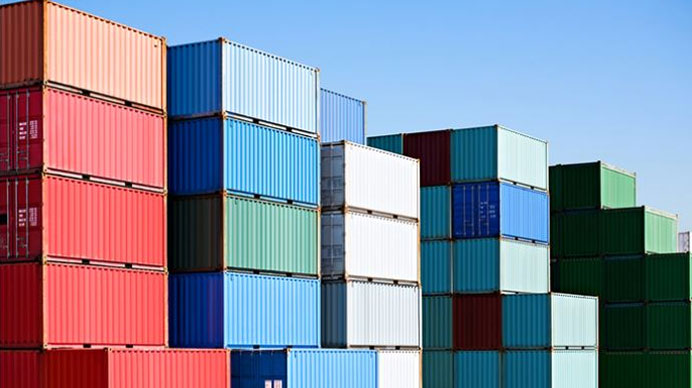Stay-at-home orders and the closure of retail outlets across Europe and North America since early March to limit the spread of coronavirus (COVID-19) has nearly erased consumer demand and stopped manufacturing in many parts of the world. Cargo has been steadily building up in warehouses, port terminals, and inland depots during the lockdowns, according to logistics experts and cargo insurers. “These are primarily non-essential products, for which there is little demand or supplies for production lines that are either static or at reduced capacity,” an insurer noted in a statement this week.
Some of the major carriers are offering “Delay in Transit” options that allow shippers to store import containers at transshipment hubs as cargo owners adjust supply chains. These include CMA CGM and Mediterranean Shipping Co., which this week announced it was expanding its “Suspension of Transit” (SOT) offering by adding four more transshipment hubs where cargo owners can store cargo outside the marine terminal. Maersk Line is offering storage at origin ports in Asia, where goods can be quickly loaded once demand returns.
Mixed picture globally
A recent survey by the International Association of Ports and Harbors (IAPH) shows a mixed picture at ports around the world, with 35 percent reporting an increase in the utilization of warehousing and distribution facilities for foodstuffs and medical supplies, with some ports reporting capacity shortages. The uneven impact on cargo flows can be seen in different verticals and geographies. For instance, auto industry shipments have fallen off and Indian export cargo has come to a near standstill, whereas Latin American markets have so far been largely uninterrupted.
Carriers had to be able to make rapid changes in the network design to be prepared when demand improves, something that has been on display with the extensive blank sailing programs of the alliances. “Our approach is to be cautious in terms of capacity allocation and hope the market comes back better than expected,” one carrier said.
Source: JOC



